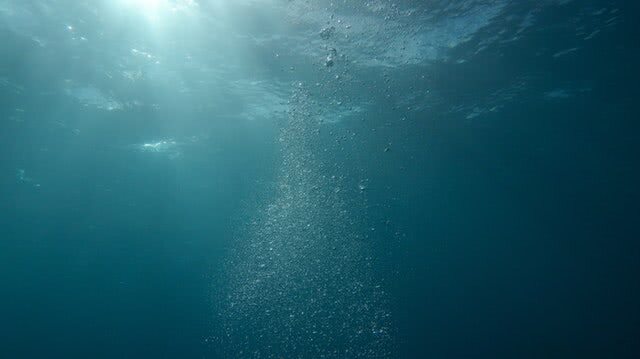Oil-eating Bacteria – Introduction
A team of scientists from the University of East Anglia in Norwich, England has discovered a unique oil eating bacteria in the deepest part of the Earth’s oceans – the Mariana Trench. The discovery that could one day save the planet from the ecological devastation of oil spills published in the scientific journal Microbiome. Together with researchers from China and Russia, scientists undertook the most comprehensive analysis of microbial populations that survive on the Hydrocarbons.
Hydrocarbons
Hydrocarbons are organic compounds that are made of only hydrogen & carbon atoms, and they are found in many places, including crude oil and natural gas. So these oil-eating bacteria essentially eat compounds similar to those in oil and then use it for fuel. Oil-eating bacteria play a role in degrading oil spills in natural disasters.
One such disaster pertaining to sea pollution by hydrocarbons is the Deepwater Horizon oil spill also referred to as the BP oil spill, an industrial disaster that began on April 20, 2010, in the Gulf of Mexico on the BP Plc-operated Macondo Prospect, considered to be the largest marine oil spill in the history of the petroleum industry.
Image Credit: Pixabay
Mariana Trench
The Mariana Trench is located in the Western Pacific Ocean which is 2,550km (1,585 miles) long ocean and reaches a depth of approximately 11,000 meters. By comparison, Mount Everest is 8,848 meters high.
Results of the Research on “oil-eating bacteria”
Scientists found that this bacteria is really abundant at the bottom of the Mariana Trench. In fact, they found that the proportion of hydrocarbon-degrading bacteria in the Trench is the highest on Earth.
The scientists isolated some of these oil-eating bacteria and noticed that they consume hydrocarbons in the lab under environmental conditions that simulate those in the Mariana Trench.
In order to understand the source of the hydrocarbons ‘feeding’ this bacteria, the team analyzed samples of seawater taken at the surface and all the way down a column of water to the sediment at the bottom of the trench.
According to the findings, hydrocarbons exist as deep as 6,000 m below the ocean’s surface and probably even deeper. A significant proportion of them probably derived from ocean surface pollution.
The hydrocarbons the researchers were looking at have been spotted in algae on the ocean’s surface before, but their presence this deep down in the water is the latest revelation. Lab experiments have also confirmed that the bacteria could indeed consume hydrocarbons in extreme conditions.
Biologically produced hydrocarbons
Surprisingly, scientists have also identified biologically produced hydrocarbons in the ocean sediment at the bottom of the trench. This put forward that a unique population of bacteria is producing hydrocarbons in this environment.
These biologically produced hydrocarbons are similar to the compounds that constitute diesel fuel and have been found in algae at the ocean surface but never in microbes at these depths.
These biologically produced hydrocarbons may help microbes survive the crushing pressure at the bottom of the Mariana Trench, which is equal to 1,091 kilograms being pressed against a fingernail.
Researchers are prospecting that these biologically produced hydrocarbons may also be acting as a food source for other microbes. These microbes may also consume any pollutant hydrocarbons that happen to sink to the ocean floor. But as per the scientists, more research is needed to fully understand this unique environment.
You may also like: International Solar Alliance || New species of ancient human discovered || A new state of matter discovered || World’s first country to launch 5G mobile services
Earlier researches on Oil-eating bacteria
According to earlier researches, There microbes are species of marine bacteria in several families, including Marinobacter, Oceanospiralles, Pseudomonas, and Alcanivorax, that can eat compounds from petroleum as part of their diet. In fact, there are at least 7 species of bacteria that can survive solely on oil.
Oil-eating bacteria – Way forward
To date, only a few expeditions have investigated the organisms inhabiting the ecosystem that has been examined.
In the words of Prof Xiao-Hua Zhang of the Ocean University in China, who led the study – “We know more about Mars than the deepest part of the ocean,”
Whether or not we’ll be able to one day recruit these critters to help clean up marine oil pollution remains to be seen, but as the next step, the researchers are more interested in investigating how these bacteria feed so deep underwater – and maybe what feeds on them. There might yet be other types of bacteria that are able to feed on hydrocarbon compounds in the same way.
The research titled “Proliferation of hydrocarbon-degrading microbes at the bottom of the Mariana Trench” was published in Microbiome on 12 April 2019.
